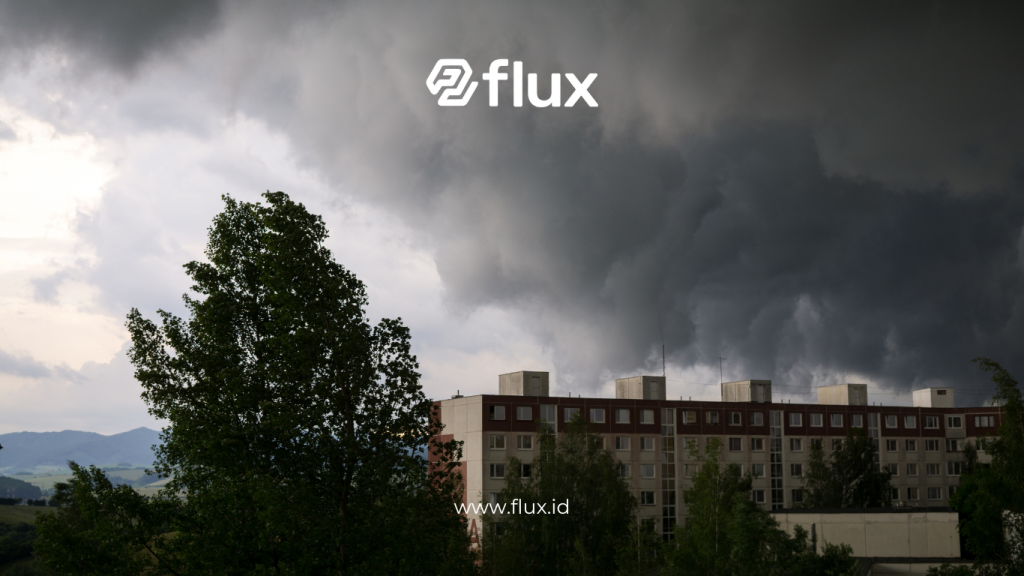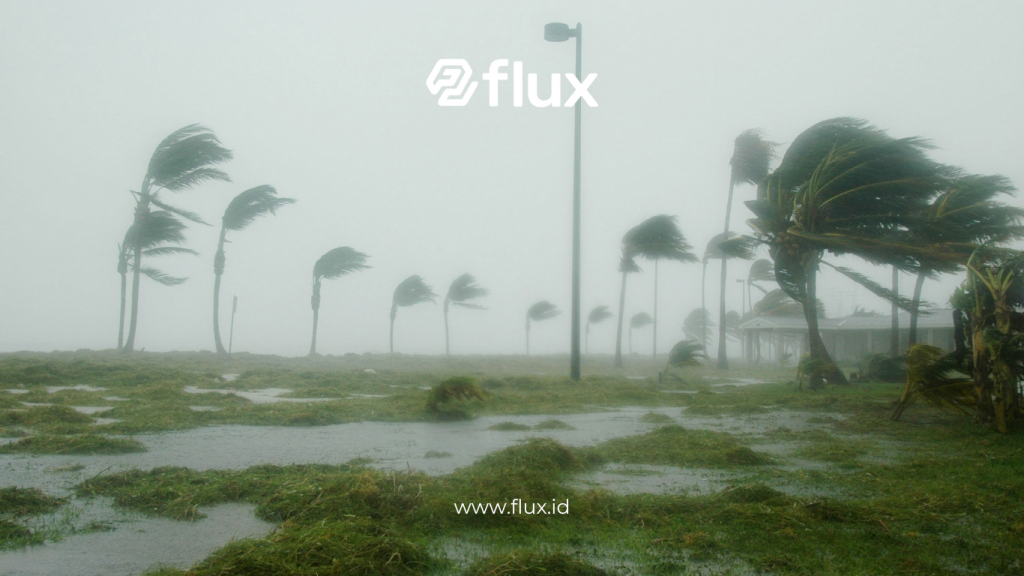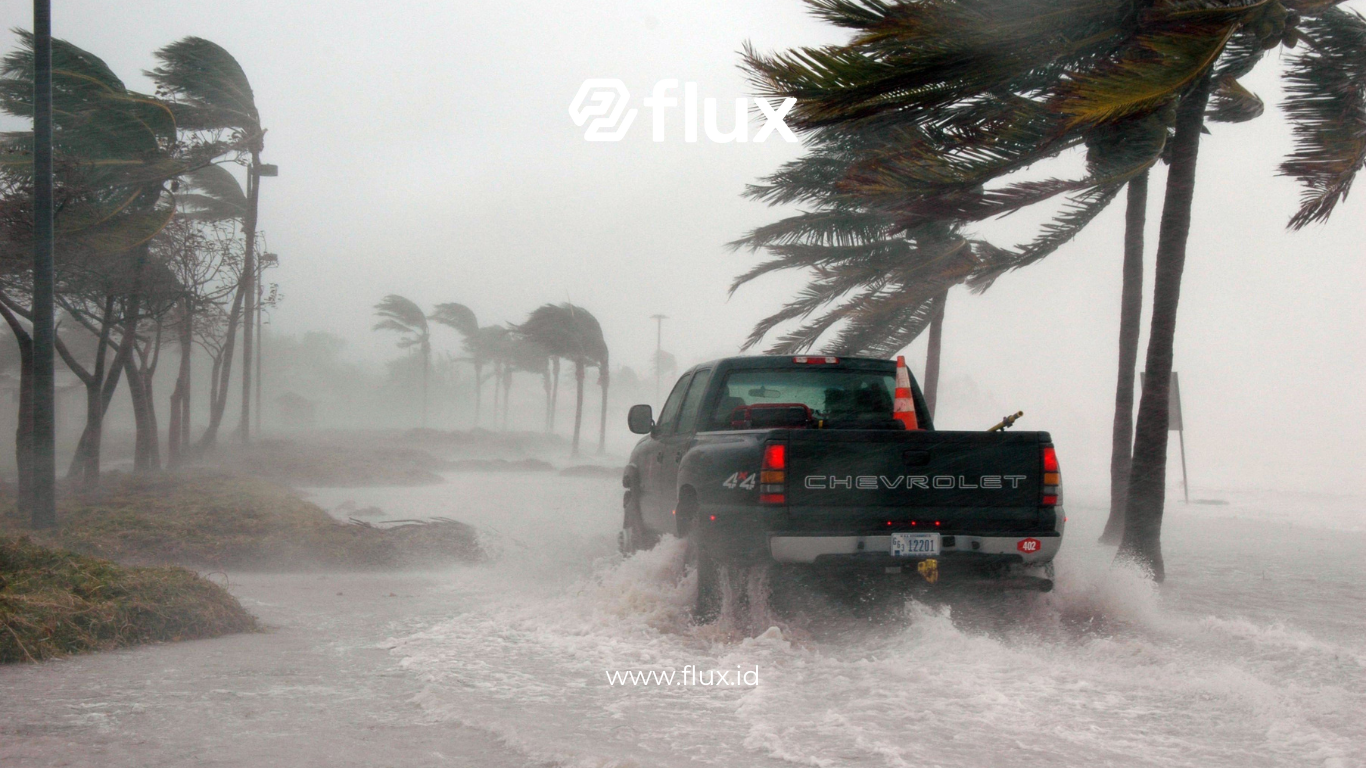Don't miss our holiday offer - 20% OFF!
Strong winds pose significant threats to infrastructure, human safety, and industrial activities. To minimize these risks, Internet of Things (IoT) technology has become widely adopted for real-time wind monitoring. This article explores how IoT sensors work, their benefits in disaster mitigation, and their applications across various sectors.
Contents
- 1 What Are IoT Sensors for Strong Wind Monitoring?
- 2 Benefits of IoT Technology in Wind Monitoring
- 3 Applications of IoT Sensors Across Various Sectors
- 4 Advantages of IoT Technology in Wind Monitoring
- 5 Challenges in Implementing IoT Sensors for Wind Monitoring
- 6 Case Study: IoT Sensor Implementation in Japan
- 7 The Future of IoT Sensors in Wind Monitoring
- 8 Conclusion
What Are IoT Sensors for Strong Wind Monitoring?

Read More: Demystifying Anemometer for Extreme Winds
Definition and Key Components
IoT sensors for strong wind monitoring are devices that measure wind speed, direction, and intensity. These devices typically include:
- Anemometer: Measures wind speed.
- Digital Compass: Determines wind direction.
- IoT Module: Transmits data to servers via wireless networks.
How IoT Sensors Work
- Data Detection: Sensors measure wind parameters.
- Data Transmission: Data is sent to a cloud platform via IoT protocols.
- Real-Time Analysis: The system analyzes data to provide early warnings.
Benefits of IoT Technology in Wind Monitoring

Read More: Overcoming Strong Winds on Infrastructure with IoT Sensors
1. Early Warnings for Disaster Mitigation
IoT sensors deliver real-time data, enabling governments and agencies to issue early warnings before strong winds strike.
2. Protecting Infrastructure
Tall buildings, bridges, and wind turbines require constant wind monitoring to avoid damage from extreme gusts.
3. Transportation Safety
Air and sea transportation heavily rely on wind conditions. IoT sensors provide accurate data for safer navigation.
4. Supporting Industrial Operations
Industries like energy, agriculture, and construction can use wind data to enhance efficiency and safety in operations.
Applications of IoT Sensors Across Various Sectors
1. Renewable Energy
In wind farms, IoT sensors monitor wind patterns to optimize energy production.
2. Construction
On construction sites, wind data ensures the safety of cranes and other structures.
3. Agriculture
IoT sensors help farmers determine the right time for pesticide application based on wind conditions.
4. Transportation
Airports and seaports rely on sensor data to manage departure and arrival schedules.
Advantages of IoT Technology in Wind Monitoring

Read More: Benefits of Door and Window Sensors for Smart Buildings
1. Real-Time Data Access
IoT technology allows data to be accessed anytime via devices like smartphones or computers.
2. Scalability and Flexibility
IoT sensors can be deployed in various locations and integrated with other systems, such as national weather networks.
3. Cost Efficiency
Automated monitoring reduces the need for human labor, lowering operational costs.
Challenges in Implementing IoT Sensors for Wind Monitoring
1. Network Limitations
Remote areas often face connectivity issues, which can hinder data transmission.
2. Device Durability
Sensors must be weather-resistant to function optimally in extreme conditions.
3. Data Security
IoT systems are vulnerable to cyberattacks, making data protection a priority.
Case Study: IoT Sensor Implementation in Japan
Japan, frequently hit by typhoons, has adopted IoT sensors for wind monitoring. Data from these sensors is used to manage evacuations, protect infrastructure, and ensure transportation safety.
The Future of IoT Sensors in Wind Monitoring

Read More: IoT Sensor Technology in Storm Monitoring: Enhancing Safety and Rapid Response to Strong Winds
As technology evolves, IoT sensors will become more intelligent. Integration with artificial intelligence (AI) enables more accurate weather predictions, while 5G networks ensure faster data transmission.
Conclusion
The utilization of IoT sensors for strong wind monitoring provides smart solutions to enhance safety and efficiency across various sectors. This technology not only supports disaster mitigation but also optimizes industrial operations. By overcoming implementation challenges, IoT sensors can become a reliable tool for mitigating the risks posed by strong winds in the future.





